
A healthy 17-year-old girl with inflammatory acne had failed to respond to topical tretinoin, benzoyl peroxide, and oral minocycline. What's the diagnosis?

A healthy 17-year-old girl with inflammatory acne had failed to respond to topical tretinoin, benzoyl peroxide, and oral minocycline. What's the diagnosis?

This case study analyzes variants of majocchi granuloma and potential treatment.
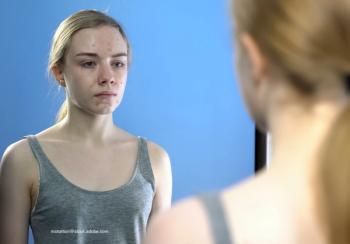
The effect of acne is more than skin deep.
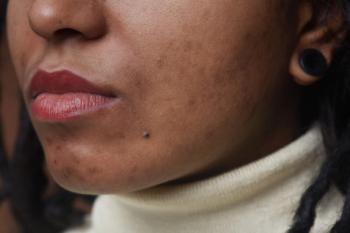
Tips for using patient education to help reduce the risk of postinflammatory hyperpigmentation.
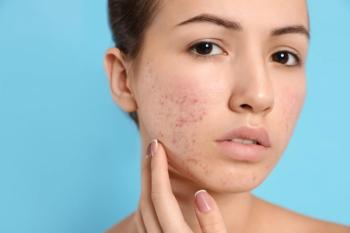
Recent meta-analysis takes a look at possible adverse effects of the acne medicine, their frequency, and severity.
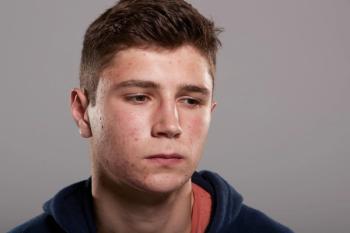
Isotretinoin prescriptions are a challenging endeavor, requiring collaboration between providers, office administrative staff, pharmacists, insurance companies, and laboratory facilities.
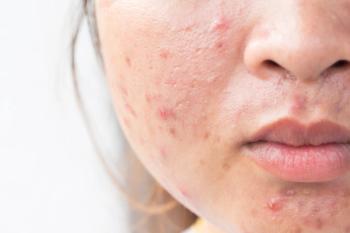
Investigators explore the effectiveness of new combination therapies to address the multifactorial pathophysiology of acne vulgaris.

Understanding the difference in biology and clinical presentations of cutaneous conditions in different skin types is critical for health care professionals to treat a diverse population.

Teenagers were the most likely to be affected by targeted misinformation.
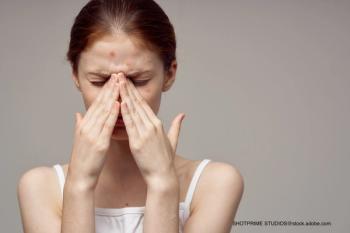
There is a theory that professional acne care can be effective not only in decreasing clinical signs but also in improving quality of life.

Specific genetic variations could be key in identifying acne risk far before the signs arise.
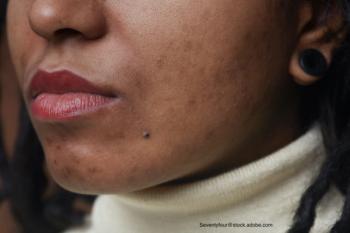
A letter to the editor in the Journal of the American Academy of Dermatology investigated how mental health and its association to race and ethnicity relate to patients with acne.
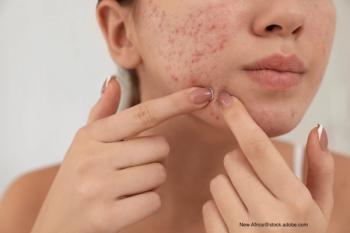
It effects most teenagers and can lead to mental distress. Here are 5 important facts about acne vulgaris in adolescents.
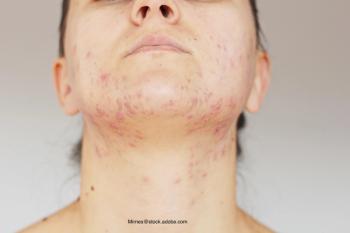
More than 90% of respondents to a recent survey expressed concern about acne’s effect on their adolescent’s mental health and social life.
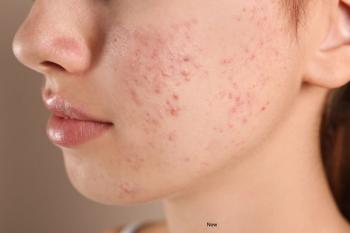
A study examined the difference in prescribing patterns between pediatricians and dermatologists when it came to acne treatments.

The signs of dermatologic conditions can be different in skin of color. A report offers clinical pearls on how to examine and treat common conditions in skin of color.

Dermatologic findings in the age of COVID-19, plus lots more at the 2020 American Academy of Pediatrics National Conference & Exhibition.

Physical appearance can have a significant impact on the psychosocial health of children and adolescents, especially with identity and self-esteem.

Although pediatric atopic dermatitis and acne have some similarities among children with skin of color and lighter-skinned children, there are important differences when these common skin conditions affect darker skin types.

Menstrual irregularity, acne, and other characteristics often seen in adolescent girls may be misdiagnosed as polycystic ovarian syndrome (PCOS).

When it comes to isotretinoin, dermatology experts say, pediatricians should advise parents not to believe everything they read online. Furthermore, patients can't always be relied upon to comply with the birth-control requirements for using the drug.

Acne flare-ups in adolescents respond best to treatment when patients and parents understand what acne is, follow their therapy guidelines, and have reasonable expectations about what therapy can achieve.